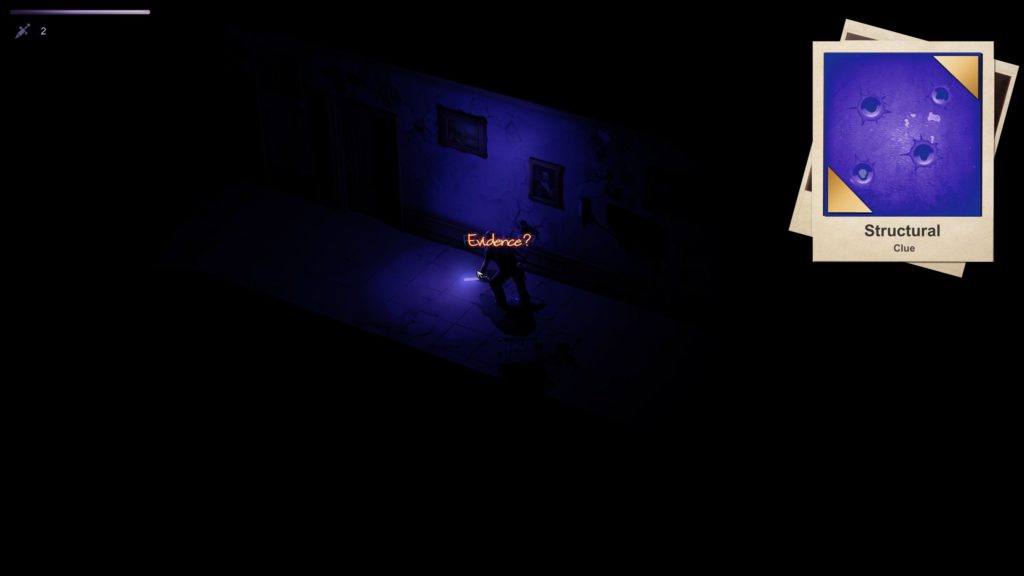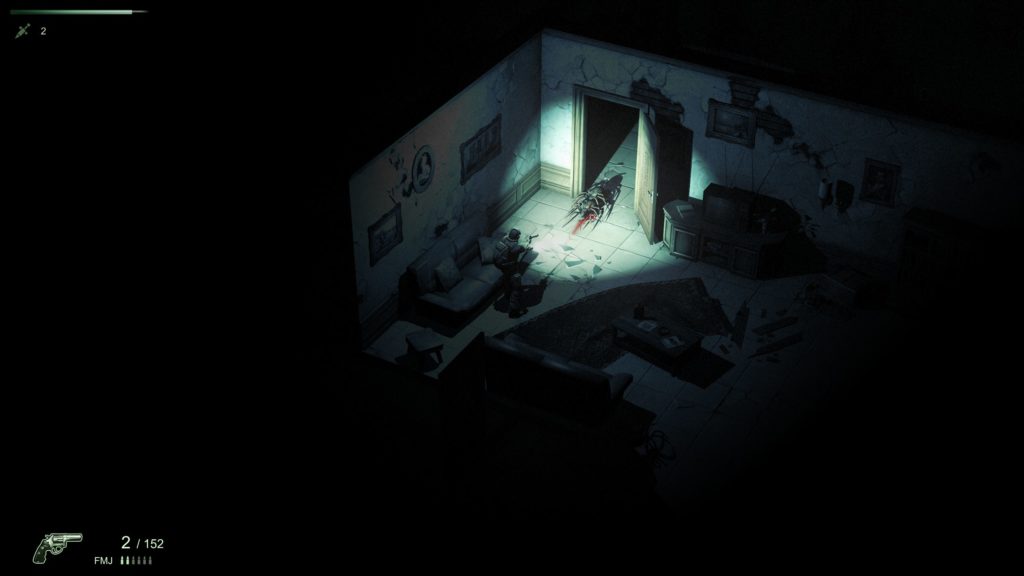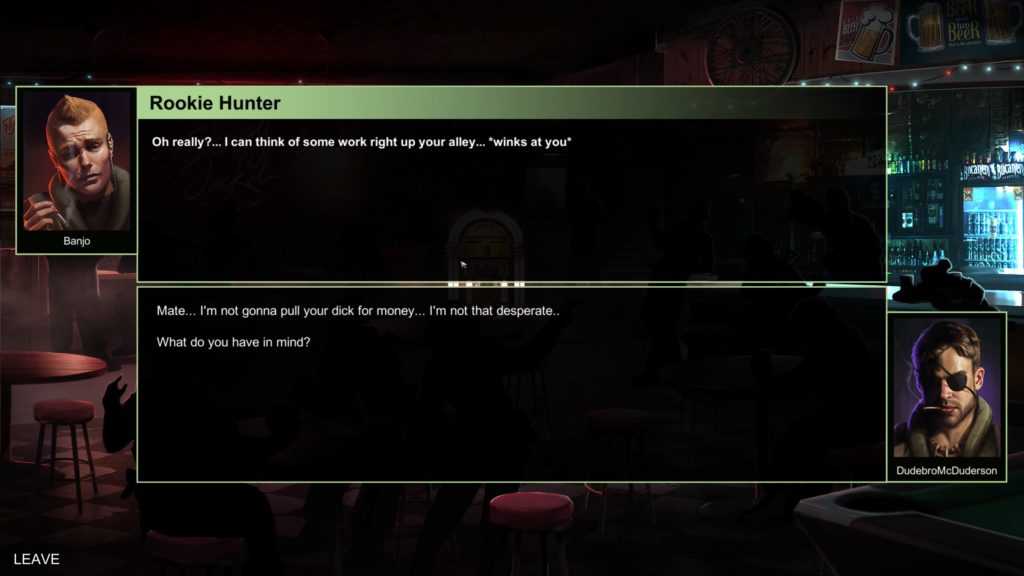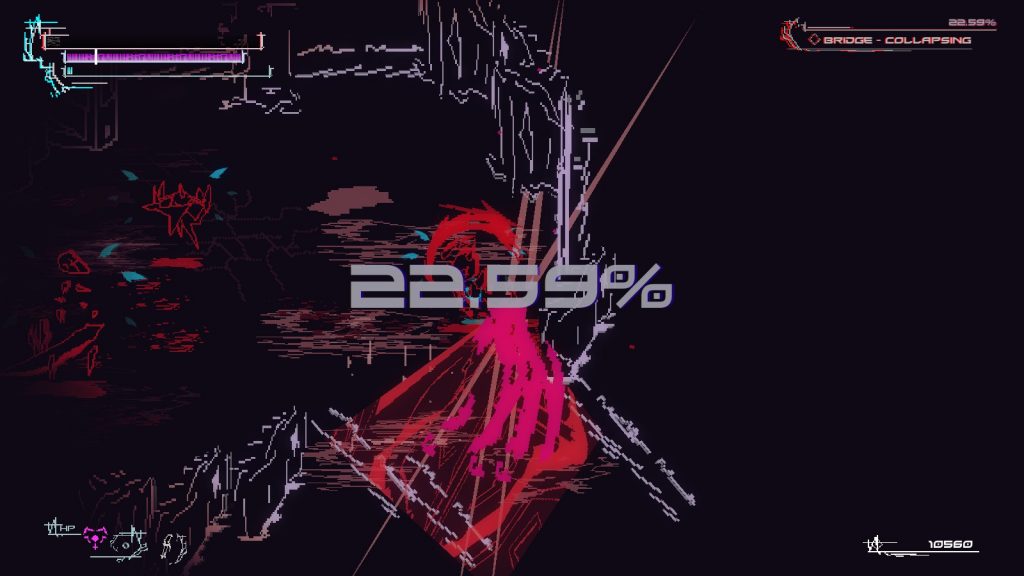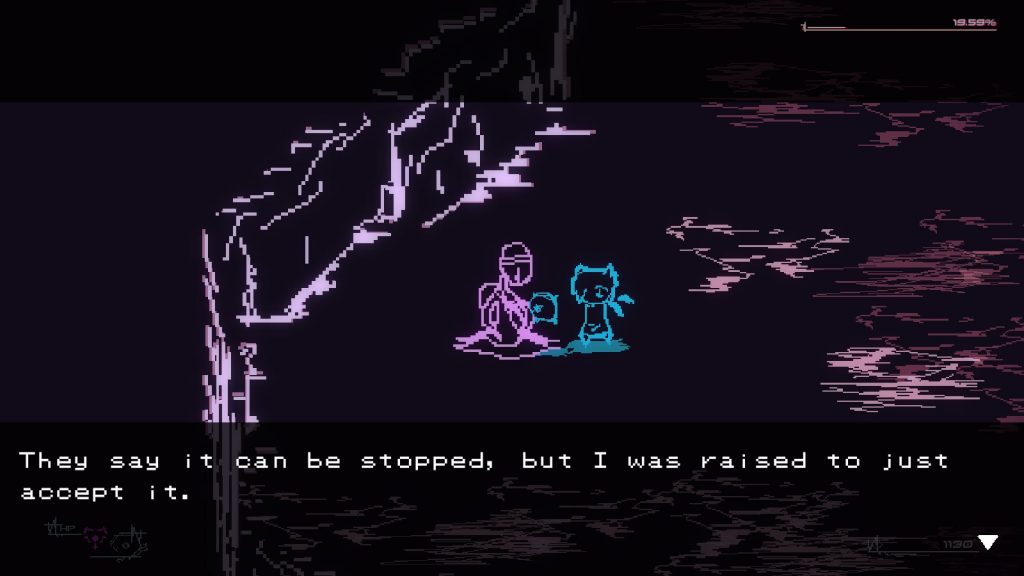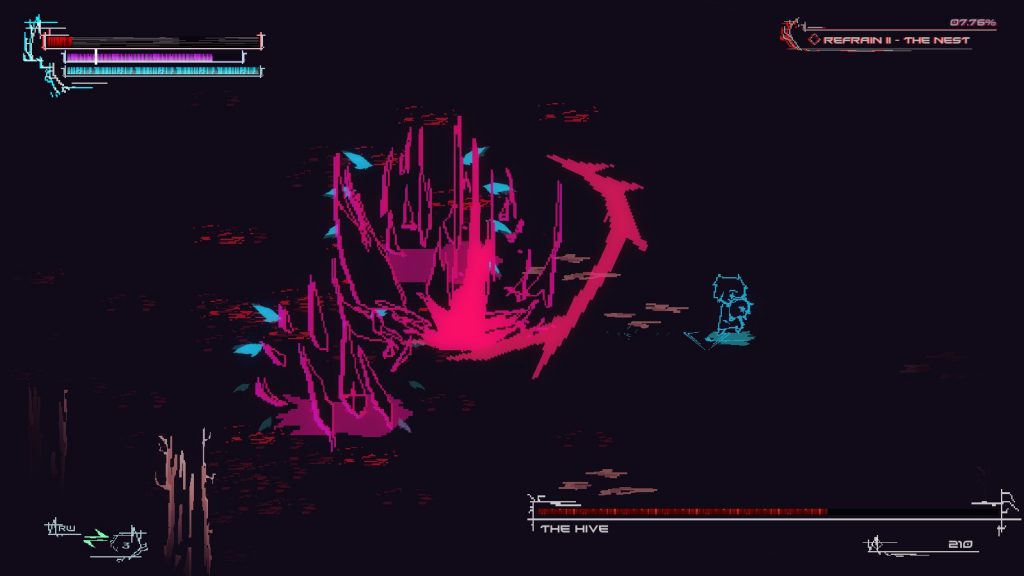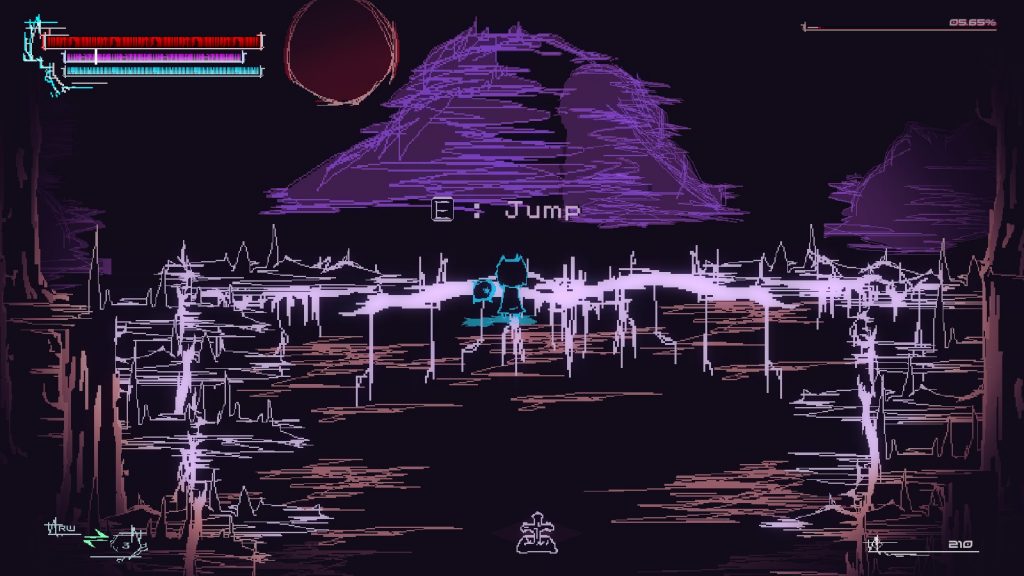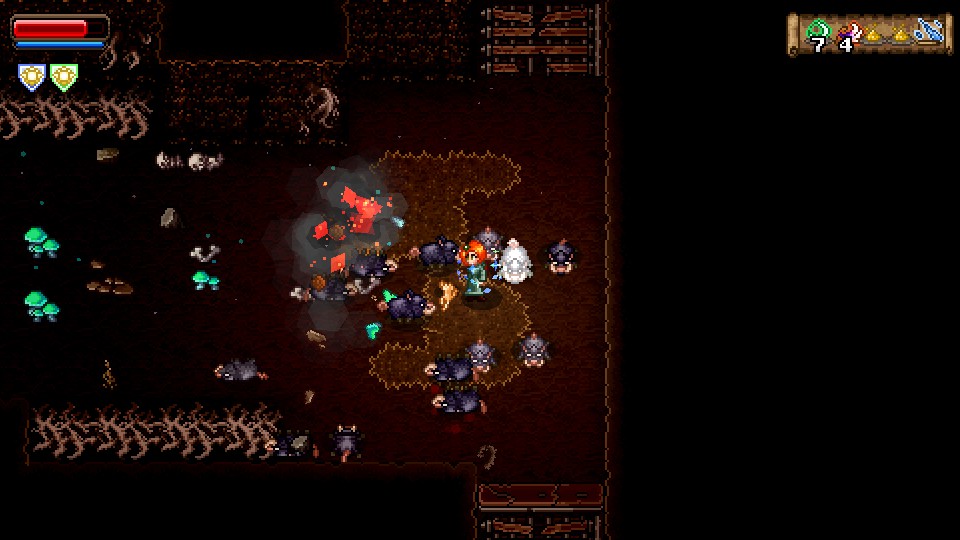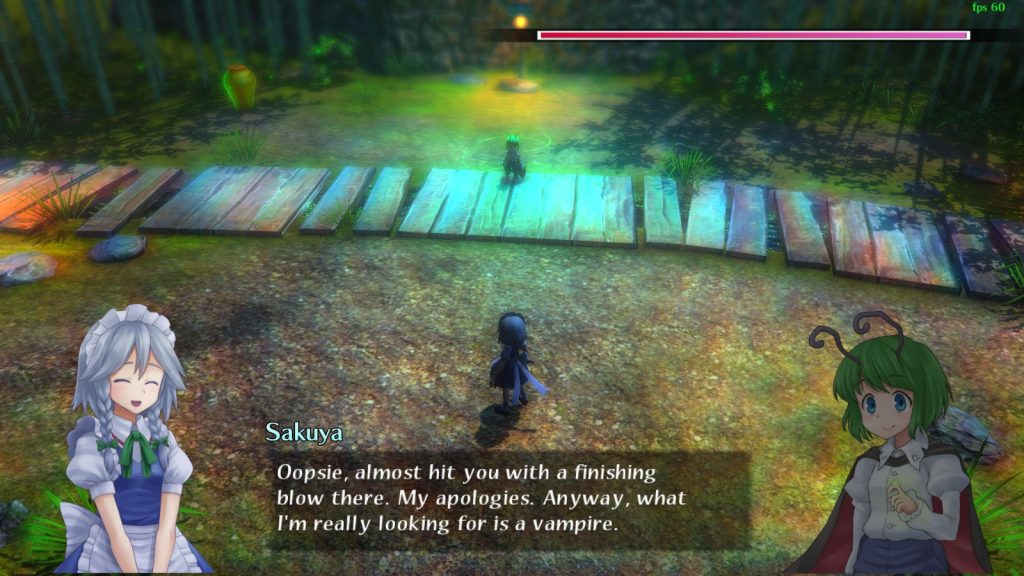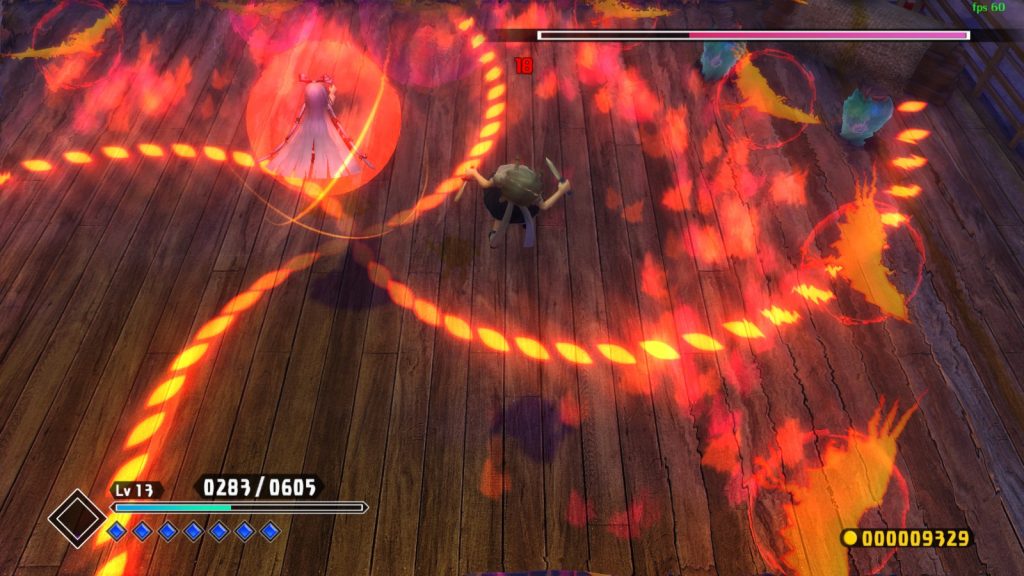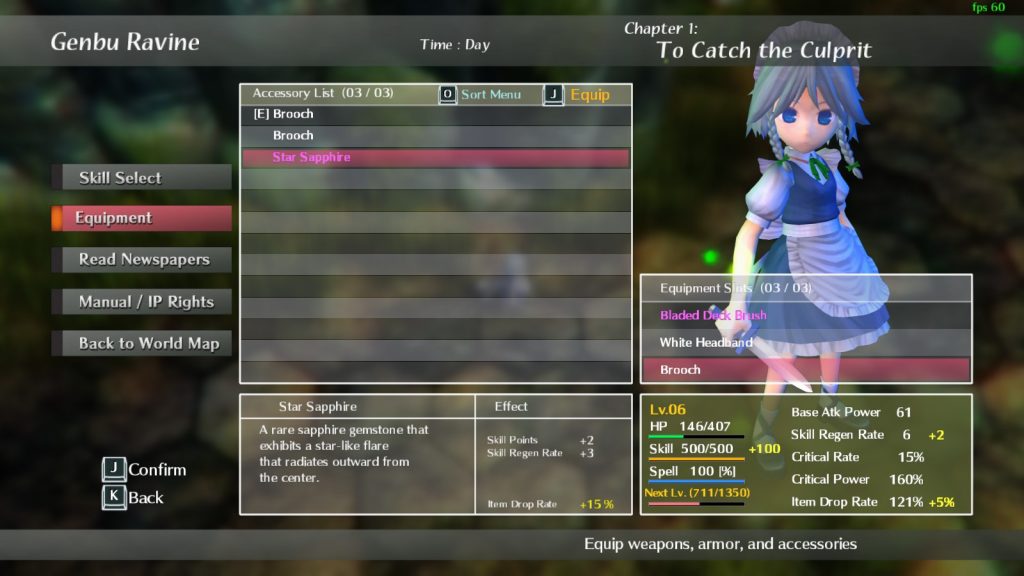God Eater 3 (Review)
Source: Cashmoneys
Price: £46.49
Where To Get It: Steam
The God Eater series has always been an interesting one, even if aspects of that interest are more akin to watching a trainwreck than anything else (HI ROMEO, YOU SKEEVY ASS.) A series in the relatively small genre that is Monster Hunting (Wandering through limited arenas, hunting monsters, collecting items, and crafting better weapons so you don’t get stomped by the latest monster), God Eater has also been known for dramatically pulling the rug out from under its characters time and time again.
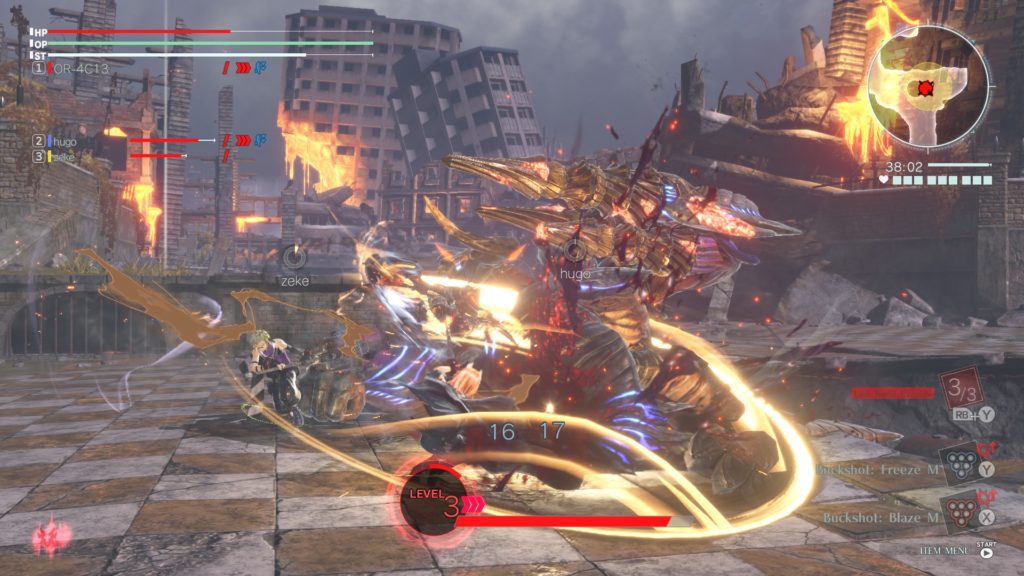
So… It’s actually been a pleasant relief to see the first three acts have mostly been an upward arc, narratively, from child-soldiers imprisoned and experimented on, to valuable members of a crew. I know there’s a rug pull incoming, but it wasn’t the one I was expecting, and I’m glad of that.
Okay, so, a little narrative backgrounder: God Eater is a monster hunting game where, essentially, Mother Earth has gotten so tired of Humanity’s shit, she decided to try and evolve them out of existence with the Aragami, horrific monsters that were, at least in the first game, originally human, but changed into various monsters. Humanity, somehow, has survived through at least two apocalyptic events (At least partly self inflicted), but things are grimmer than ever, with Fenrir (the organisation of the previous two games) mostly destroyed, and Gleipnir (No, not Sleipnir, totally not going with a Ragnarok themed naming, why would you think that?) being the “big” organisation this time. You can tell things are bad, because not only are the Aragami going Gray Goo on everything (the Ash Storms, and, theoretically… the totally-not-going-to-happen Ash Tempest), they’ve evolved again. Cue our protagonist, and their friends.
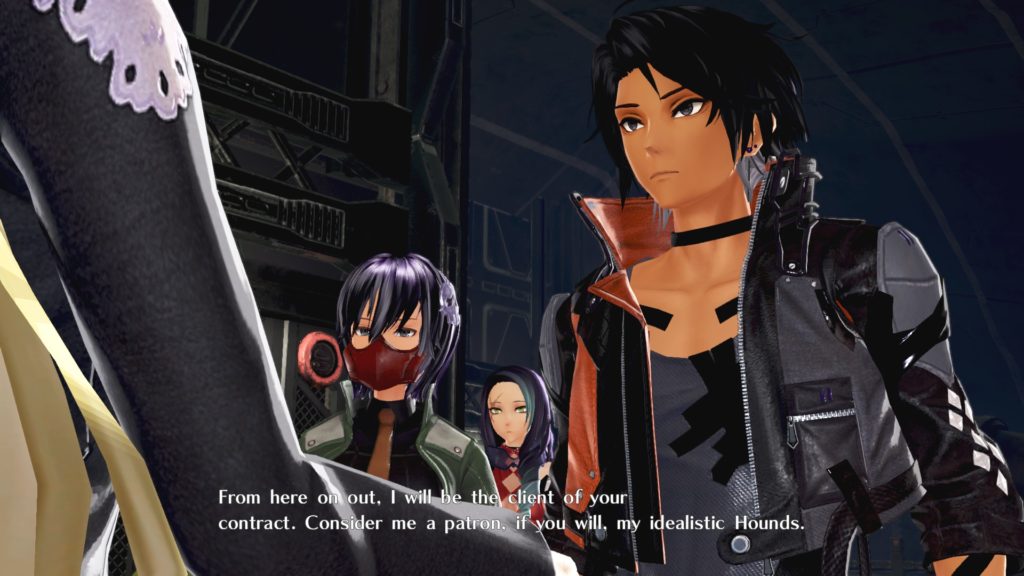
While I have not been able to get as far as I would like in God Eater 3 (The pressures of reviewing, sadly, wait for nobody it seems), I already have a pretty good idea of how the game has improved, how it’s added things, and how its writing seems to be on upward progression from the last outings. Some things remain, annoyingly, a bit of a problem, such as subtitles not properly distinguishing themselves from the background, the fact that, as a Monster Hunter type game, there are a lot of buttons and button combos, so a controller is heavily recommended (both controller and keyboard/mouse can be redefined, but, as mentioned, a lot of buttons), and step attacks, especially the new Burst Art step attacks, remain a pain in the arse to land properly (Locking on doesn’t help that much.) Mook missions remain mook missions, you will end up grinding earlier missions for upgrade materials and money (especially if you want to experience all the weaponry), and some enemy types remain more annoying than others. Specifically shielders, flyers, and ranged-focused enemies (Of which there is at least one who represents all three in Rank 3.)
Yes, this review is pretty long for me, and a big part of that is that there is a lot that has changed, been added, or improved. For example, I mentioned Burst Arts, and now there are not only Burst Arts (Requiring you to fit the Devour move into your combos to use, although Devouring your enemies remains a vital core function you won’t risk forgetting), but Engage mode (Essentially, linked abilities that trigger when two characters fill up their attack meters, such as sharing item usage or improving attack), and Acceleration Triggers, which, like Burst Arts and Engage mode, buff aspects of your fighting style, although some feel more useful than others. Wait, I need to Engage five times to… Improve the speed of that devour move I don’t really use, because quick devour is right there? HRM. The two new weapons, similarly, are new, and the Heavy Moon, a sort of Chakram/Heavy Axe combo, is definitively my favourite, threatening to depose my love of the lance and its pokey, chargey stylings.
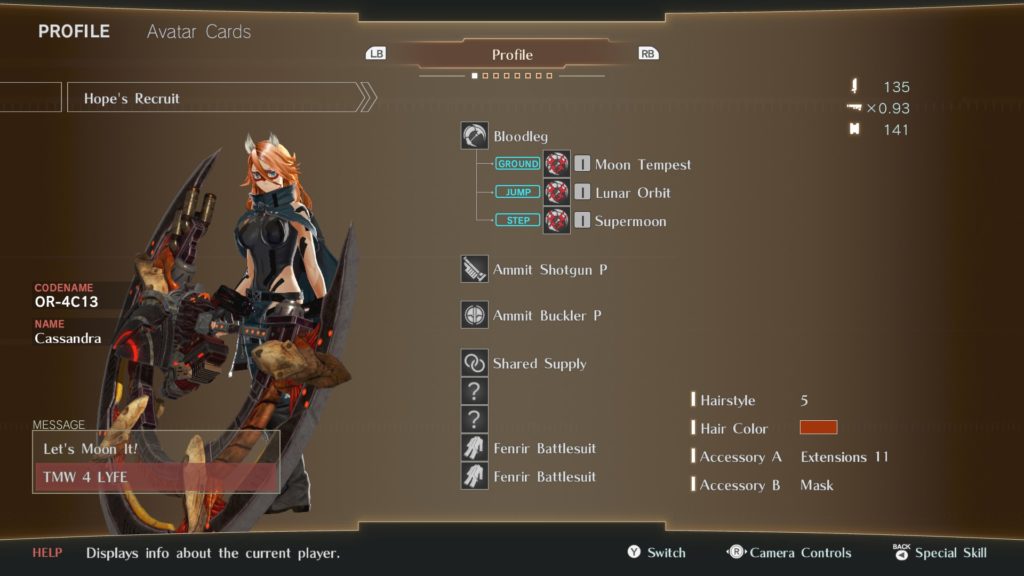
Visually, the game is an improvement on previous titles, without busting your GPU. Enemies glow, give good visual tells (for the most part), feel like believable creatures… Well, as believable as murder-monsters based on a hive-mind of single-celled hate amoeba can be, anyway. Characters remain relatively simply rendered, although the clarity does help when combat, and its heavy particle chaos ensues, and, despite seeming like a really unfriendly game, it tutorialises moderately well. Not really well, just moderately well, but it teaches most of its base concepts, even if it stumbles a bit by leaving weapon specific training to practice modes and database entries on their unique moves. The voice acting’s solid, the writing seems, as noted, to be on an upward arc from the last outing’s skeevelord inclusions (Although I may well have to write a going back or something once done, because, as noted, God Eater is well known for its dramatic rug pulling), and, overall, God Eater 3 seems to show quite the improvement, remaining a solid entry in the relatively small genre that is “Hunt monsters for kit and profit.”
jThe Mad Welshman always enjoys getting the drop on things that want to destroy Humanity. After all, that’s his job…

